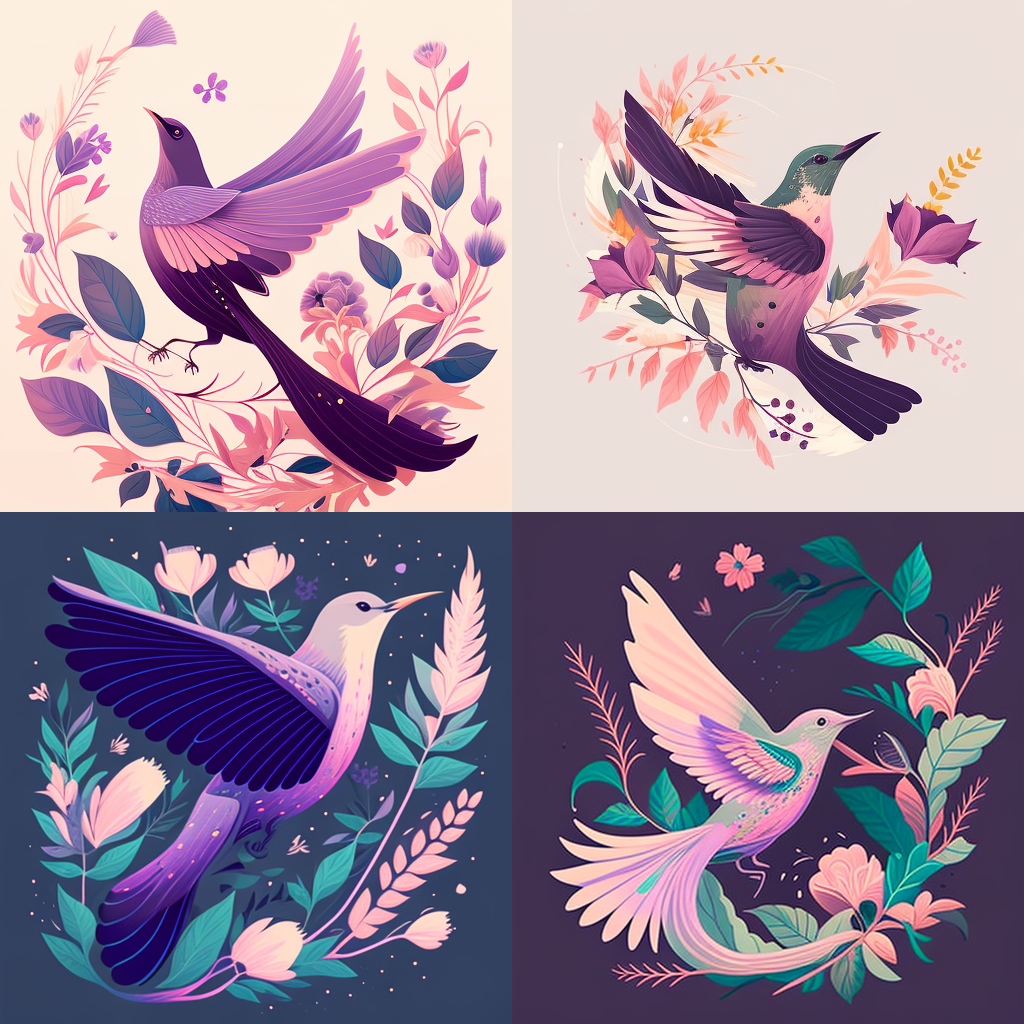If you're a graphic designer and you're thinking about quitting your job to become a freelancer, you're not alone.
Many graphic designers are drawn to freelancing as a career path because of the freedom and flexibility it offers. As a freelancer, you have the opportunity to work on a variety of projects for different clients, rather than being tied to a single employer or specific type of work. This can be especially appealing for designers who are looking for more autonomy and control over their professional lives.
However, the transition from full-time employment to freelancing can be daunting. For one, as a freelancer, you are responsible for finding your own clients, which can be a challenge, especially at the beginning. Additionally, freelance work can be unpredictable and inconsistent, which can make it difficult to plan and budget for the future. Here are some tips on how to make the transition as smooth as possible.
Build a portfolio: Before you quit your job and start freelancing, it's essential to have a strong portfolio that showcases your skills and experience as a graphic designer. A portfolio is a collection of your best work, and it should demonstrate your abilities and style as a designer. This will be your calling card when reaching out to potential clients, so make sure it's polished and up-to-date. It's a good idea to include a mix of different types of projects you've worked on, such as branding, web design, packaging, and more. Also, make sure to include a brief description of the project, the process, and the results achieved.
Network: Networking is a crucial part of freelancing. It's important to reach out to other graphic designers, professionals in the industry, and potential clients. Attend industry events, join online groups and forums, and use social media to connect with people who can help you find work. Networking allows you to build relationships and make connections that can lead to future opportunities. It also allows you to stay informed about industry trends and get feedback on your work.
Research the market: Researching the market is an important step in starting a freelance career. It's essential to understand the clients that are most likely to need your services and the industries and niches that you want to target. Researching the competition and pricing in those areas will give you a better idea of what to expect and how to position yourself in the market.
Create a business plan: Before you take the leap and quit your job, it's important to create a business plan that outlines your goals, target market, pricing, and marketing strategy. A business plan will help you stay organized and on track as you build your business. It will also serve as a roadmap and a reference point
Save up: One of the challenges of freelancing is the uncertainty of income, as it may take some time to establish a steady stream of work. To mitigate this risk, it's important to have some savings set aside before you leave your job. This will help you cover your expenses during the transition period and give you a financial cushion while you're building your business. Having a cushion of savings can also give you peace of mind and allow you to focus on building your business without worrying about financial insecurity.
Get organized: Freelancing requires a lot of organization, as you'll be managing multiple projects, clients, and deadlines. Make sure you have a system in place for invoicing, bookkeeping, and project management. This will help you stay on top of your finances and make sure you're getting paid on time. It also helps to keep track of your expenses and taxes.
Be prepared to market yourself: As a freelancer, you are your own brand and you have to market yourself to attract clients. Be prepared to create a website, business cards, and other marketing materials to promote your services. This can include creating a professional portfolio, setting up social media accounts, and reaching out to potential clients. It's also important to have a well-written and detailed CV and to be able to clearly communicate your value proposition to potential clients.
Continuously improve your skills: In the fast-paced and competitive world of graphic design, it's crucial to continuously improve your skills to stay competitive in the market. Keep learning new software, techniques, and trends to maintain your edge. This can include taking online courses, attending workshops, or participating in mentoring programs. It's also important to stay informed about the industry by reading design blogs, following design leaders on social media, and keeping up with the latest design trends.

Quitting your job to become a freelancer can be a big step, but if you're passionate about graphic design and are willing to put in the work, it can be a rewarding career move. Remember to take it step by step, and be prepared for the ups and downs that come with running your own business.
Additionally, It's important to understand that freelancing is not for everyone and it's essential to evaluate your personal and professional goals, your strengths and weaknesses, and your ability to handle the uncertainty that comes with freelancing. However, if you're passionate about graphic design, and you're looking for more freedom, flexibility and control over your career, freelancing can be a great opportunity to showcase your skills, build your portfolio and gain new experiences.
It's also important to consider the legal and financial aspect of freelancing, such as taxes and contracts, to ensure that you're compliant with the laws and regulations of your country. It's wise to seek advice from a lawyer or accountant to understand the legal and financial implications of freelancing.
In conclusion, freelancing as a graphic designer can be a challenging but rewarding experience, and it's important to be well-prepared to make the transition as smooth as possible. By building a strong portfolio, networking, researching the market, creating a business plan, saving up, getting organized, and continuously improving your skills, you'll be on your way to a successful freelancing career.
Here is one of my videos on How to Find Clients as a Freelance Designer that could help you out in the beginning: https://youtu.be/BHPtcanvFiA


